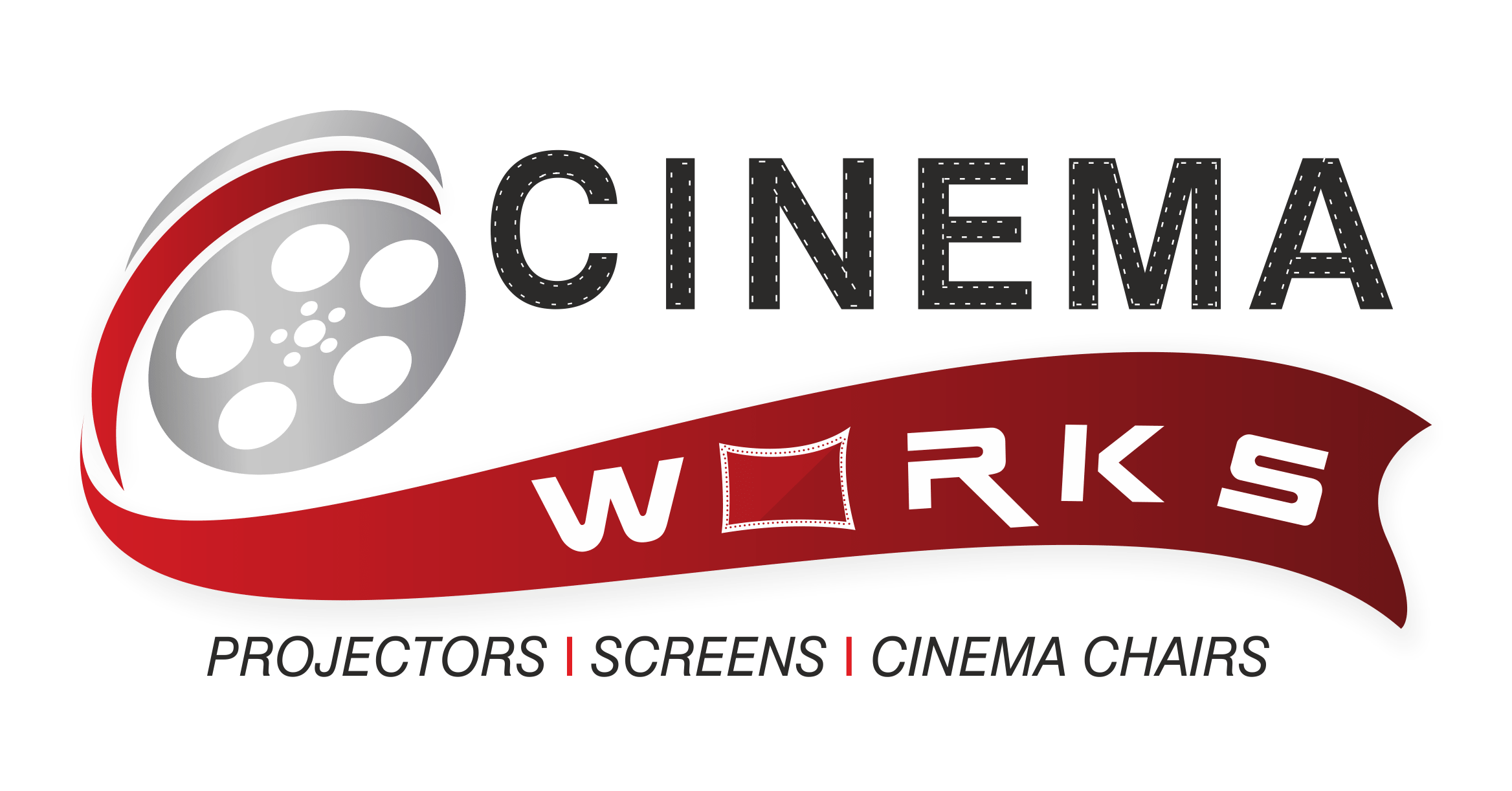The ROI of Cinema Upgrades: Is It Worth the Investment?
Introduction
The cinematic experience is constantly evolving. Gone are the days of simple projectors and basic seating. Today’s moviegoers expect immersive sound, crystal-clear visuals, and comfortable amenities. For cinema owners, this translates to a crucial decision: investing in upgrades. But is the return on investment (ROI) of these upgrades truly worth the cost? This article delves into the financial implications of various cinema upgrades, helping you determine if modernizing your facilities is a profitable venture.
Analyzing the Costs: A Breakdown of Upgrade Expenses
Before assessing potential returns, understanding the costs is vital. Upgrades can range from relatively inexpensive improvements like new seating and updated sound systems to significant investments such as installing laser projection, implementing immersive sound technologies like Dolby Atmos, and adding luxury amenities like recliner seating and in-theater dining. A detailed budget breakdown, factoring in installation costs, labor, and potential downtime, is crucial for accurate ROI calculations.
Boosting Revenue Streams: The Impact of Upgrades on Ticket Sales and Concessions
Enhanced technology and premium amenities directly influence ticket pricing. Offering a superior viewing experience allows you to charge higher prices, particularly for premium formats like IMAX or 4DX. Furthermore, upgraded facilities often attract a broader audience, increasing overall ticket sales. The improved experience can also positively affect concession sales. Comfortable seating and enticing dining options encourage patrons to spend more on food and beverages.
Beyond Ticket Sales: Exploring Additional Revenue Opportunities
Modern cinemas are increasingly exploring diverse revenue streams. Private screenings, corporate events, and gaming tournaments can generate significant additional income. Upgraded facilities make your cinema a more appealing venue for such events, maximizing profitability beyond standard movie showings. Investing in a robust online booking system and targeted marketing campaigns can further amplify these revenue streams.
Calculating the ROI: A Practical Approach
Calculating the ROI of cinema upgrades requires a comprehensive approach. This involves estimating the increased revenue from higher ticket prices, boosted concession sales, and additional revenue streams. These figures are then compared against the total cost of the upgrades, including installation, maintenance, and potential losses during downtime. A projected timeline for recouping the initial investment should also be established.
Factors Influencing ROI: Location, Competition, and Target Audience
Several external factors impact the ROI of upgrades. The location of your cinema, the level of competition in the local market, and your target audience all play a significant role. A cinema in a densely populated area with limited competition might see a quicker return on investment than one in a less populated area with several competing cinemas. Understanding your target audience and their preferences will help you tailor your upgrade strategy for maximum impact.
Future-Proofing Your Cinema: The Long-Term Benefits of Upgrades
Investing in cutting-edge technology not only improves immediate profitability but also future-proofs your cinema. Staying ahead of the technological curve ensures you remain competitive and attract moviegoers seeking the latest advancements in cinema technology. This long-term perspective is crucial when assessing the true ROI of cinema upgrades.
Conclusion: Making the Right Investment Decision
The decision to upgrade your cinema is a significant one, requiring careful consideration of costs, potential returns, and market dynamics. By thoroughly analyzing the potential revenue streams, carefully budgeting for expenses, and understanding your target audience, you can make an informed decision about whether the ROI of cinema upgrades is a worthwhile investment for your business. Remember to factor in long-term benefits and plan for future technological advancements to ensure sustainable profitability.
